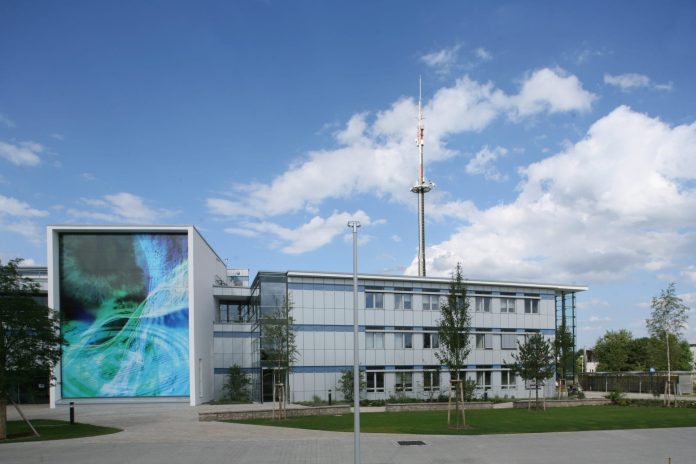System integrator Siticom is to deploy a private 5G network using standalone (SA) 5G at the Fraunhofer Institute for Integrated Circuits (IIS) in Germany. In parallel, it has struck a deal to use open radio access network (RAN) hardware from US-based Airspan Networks in further private 5G deployments in 3.7-3.8 GHz ‘vertical’ spectrum in Germany.
Siticom and Airspan are to target Industry 4.0 use cases in the manufacturing, automotive, healthcare, and the agricultural sectors in Germany, they said. Their deployments will scale to support enhanced mobile broadband (eMBB), massive machine-type communications (mMTC), and ultra-reliable low-latency communications (URLCC), as the three key specifications in the ‘full’ 5G system.
The new Fraunhofer IIS ‘campus’ installation, at sites in Nuremberg and Erlangen in Bavaria, uses open 5G RAN and a cloud-based 5G core system; the core network provider for the setup is unconfirmed. It will work as a testbed for industrial partners to “simulate… new functionalities in a 5G context” — in lab conditions that “emulate” a private industrial-grade cellular setup.
Siticom said: “The RAN was designed according to the recommendations of the O-RAN Alliance and meets the high requirements of Fraunhofer IIS with regard to latency and data throughput for industrial IoT applications. The completely virtualized solution runs on standard servers and, in combination with the open architecture, serves as an edge computing platform with maximum flexibility.”
German telecoms regulator BNetzA has awarded at least 74 spectrum licences to local enterprises in the country to run private 5G networks since it opened applications for local licences in the 3.7–3.8 GHz range, in arguably the most decisive regulatory shift for the telecoms industry in an age. Airspan said private 5G is “booming” in Germany. The likes of Bosch, Siemens, Lufthansa, and BMW have piled in.
The US firm is providing its 5G OpenRANGE solutions as a full end-to-end virtual RAN solution, going from radio hardware to the cloud-native software running on the central and distributed units (CU/DUs). It said private 5G will provide new levels of performance and coverage, and accurate distributed timing and synchronization for industrial applications and indoor and outdoor real-time proximity positioning and tracking.
Christian Freund, director of 5G solutions and services at Siticom, commented: “It is virtualized, automated, has a small footprint and high performance – perfect for the network requirements on campus. With Airspan’s solution, we can respond to the specific requirements of campus networks by providing COTS edge computing hardware, Kubernetes and VMWare to meet the different approaches of campus network customers. A range of 5G radio for indoor and outdoor, focused on campus networks, complete the portfolio.”
He added: “Siticom and Fraunhofer IIS are providing companies with a comprehensive set of modules to test company-specific adaptations to production processes, digitize production processes and develop scalable digital applications. The open system and network architecture meets the requirements for flexible provision of network elements, open service functions and 5G network slicing in order to provide users and applications with individual data rates, speeds and capacities and to be able to orchestrate service modules.”

